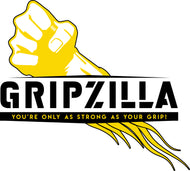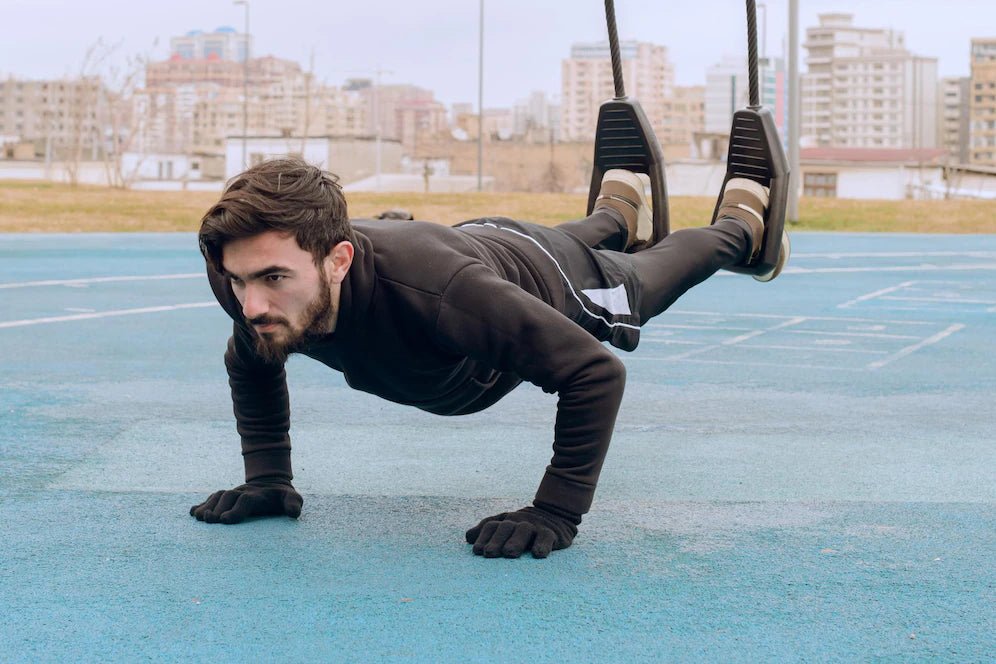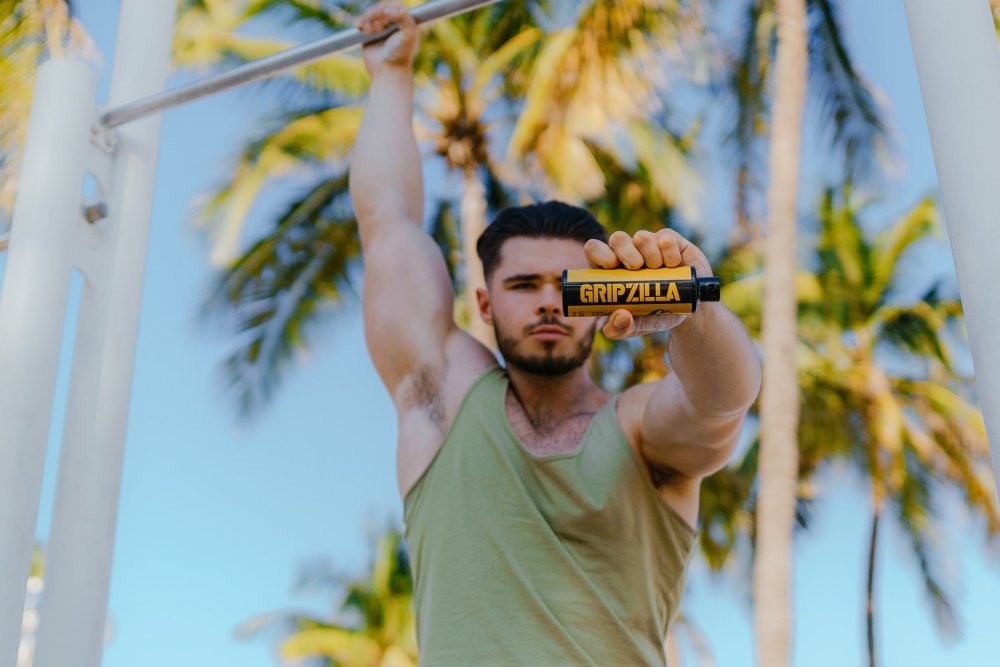Are you one of those weightlifters who love spending hours in the gym, hoisting heavy weights, and pushing your body to its limits?
If so, you must be familiar with using liquid or gymnastic chalk while working out.
Not only does it keep your hands dry, allowing for maximum grip strength and accuracy - but it also prevents any slipping mishaps that could potentially lead to injuries!
So, if you are looking to explore more about liquid chalk, different types of gym chalk available in the market today, and how to apply liquid chalk - this post is exactly what you need.
Here you can find everything there is to know about using liquid chalk as well as which type will work best according to your particular needs.
Keep reading on, and start flexing those muscles with confidence!
What Is Liquid Chalk/Lifting Chalk?

Did you even imagine that the same powder that flew out of your elementary school erasers when you clapped them together would help you succeed in the fitness industry? Actually, it does.
Don’t you have any idea what liquid chalk is? Magnesium bicarbonate is the main component of liquid chalk, and the chalk is used to remove moisture from hands and guarantee complete non-slip.
What Are The Types Of Gym Chalk/Lifting Chalk?
There are two types of chalk available in the market; regular chalk/powder chalk and liquid chalk.
If you don’t know about the difference between these chalks, there is no need to worry at all because we are here to let you know about the key differences you need to know:
Powder Chalk

It's simple to make powdered chalk: just grind up your old-school chalk sticks into a fine powder. That is powdered chalk, bam.
Although powder chalk is really cheap; however, it is super-messy which is why you won’t see it more often in gyms and fitness centers. One of the many reasons we strongly discourage readers from using this chalk is that it leaves residues after use.
Powder chalk dust is hazardous to your respiratory system if inhaled, especially in confined spaces with little fresh air circulation.
But, hey, don’t think that it is not useful at all. You may rely on powder chalk to maximize your grip and take your pulling ability to the next level. Powder chalk is best used in well-ventilated areas or in a dedicated weightlifting facility.
Liquid Chalk

A liquid magnesium carbonate that, when rubbed between the hands, creates the same dry, chalky effect as powder chalk.
Pro Tip:
It is always a better idea to choose premium-quality liquid chalk rather than a mainstream one if you want to keep your hands dry and improve your grip.
Compared to powder chalk, liquid chalk doesn’t produce any mess at all. Liquid chalk is supplied in tubes that allow the user to securely squeeze out a tiny amount.
However, you need to be aware of one thing liquid chalk is specifically for pro lifters, as the constant application of this ingenious chalk is needed for better performance.
How To Apply Liquid Chalk?
If you have no idea how to apply liquid chalk for weightlifting and other workouts, there is no need to panic at all because there is a detailed guide on applying liquid chalk the right way:
1. Use Moderately

If you think that using liquid chalk in a great quantity will bring desired results, we recommend you revisit your opinion.
Ideally, a dime-sized portion of liquid chalk will be more than good enough to serve the purpose. The amount of liquid chalk used will affect how quickly it dries.
2. Let The Chalk Dry

Make sure you give enough time to the liquid chalk so that it can dry properly; otherwise, you will not have satisfactory strength during weightlifting.
When your hands become ghostly white and dry, you may be sure that it has dried properly, and you can use it with perfection.
3. Consider Reapplication

Depending on the number of repetitions and intensity of the workout, you may need to reapply your chalk more or less frequently, but it will still be necessary.
A more significant number of reapplications are required for liquid chalk users compared to powder chalk users.
4. Clean It Off
At last, when you are done with the workout session, make sure you don’t forget to wash your hands with water and soap.
Wrapping Up
In order to get the best results out of your workout, it is vital to apply liquid chalk correctly.
Now that you know what liquid chalk is, the different types of gym chalk and how they work, you can make an informed decision on which one is right for you.
If you have any questions or would like help choosing the right type of liquid chalk for your needs, please contact us.
We are always happy to help our customers achieve their fitness goals.
FAQs
What is liquid chalk made of?
Depending on the producer, liquid chalk consists of magnesium carbonate (chalk), 40 to 80% alcohol (often ethanol, methanol, or isopropyl alcohol), water, and sometimes other additives such as resins or proprietary compounds.
Can I make my own liquid chalk?
Chalk and alcohol are combined in a 2:1 ratio to create liquid chalk. Dry chalk should be ground into a fine powder to create homemade liquid chalk. To create a paste-like consistency, combine the powder in a 2:1 ratio with rubbing alcohol (70% alcohol content). To create your own liquid chalk formula, add additional ingredients.



